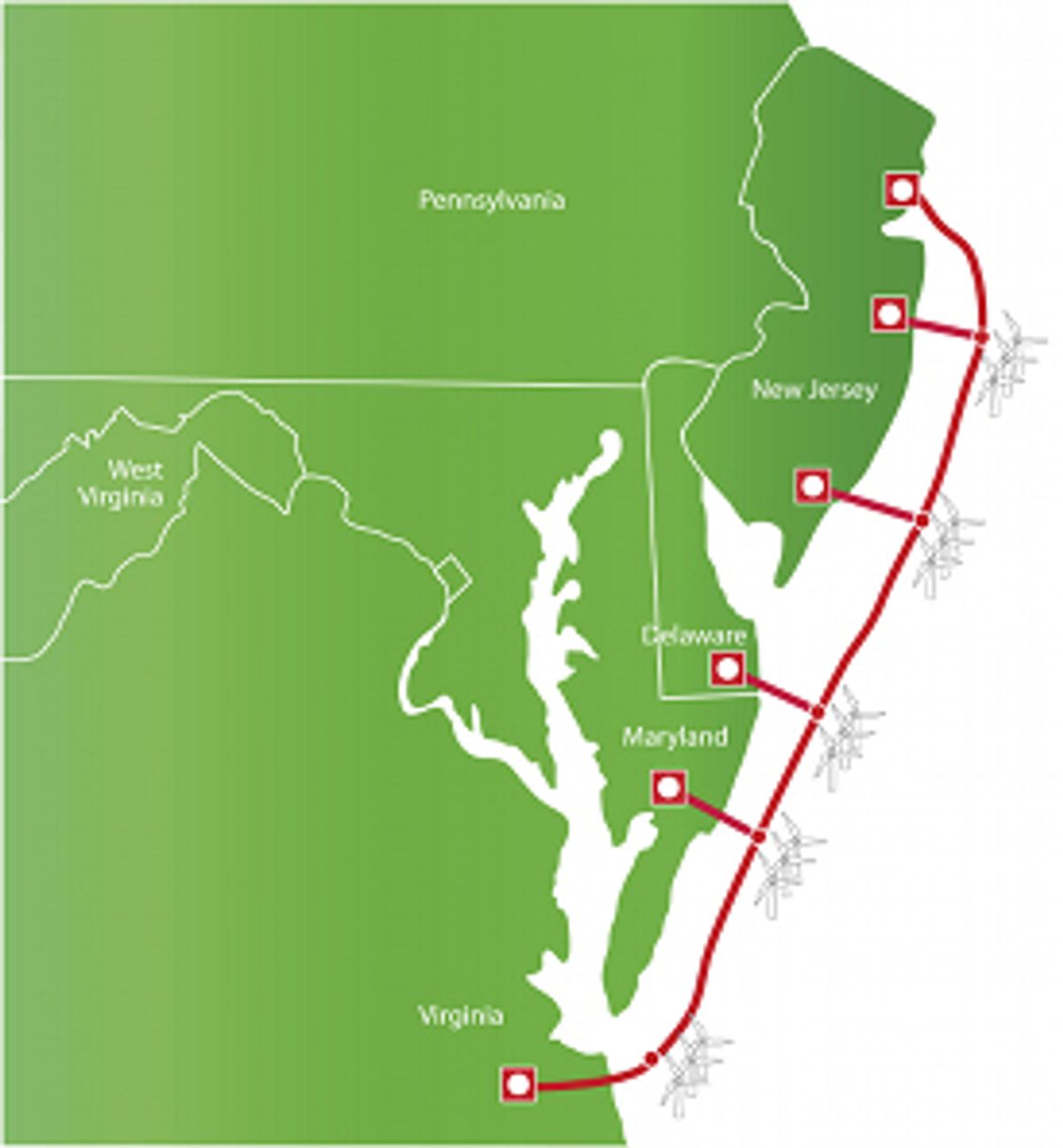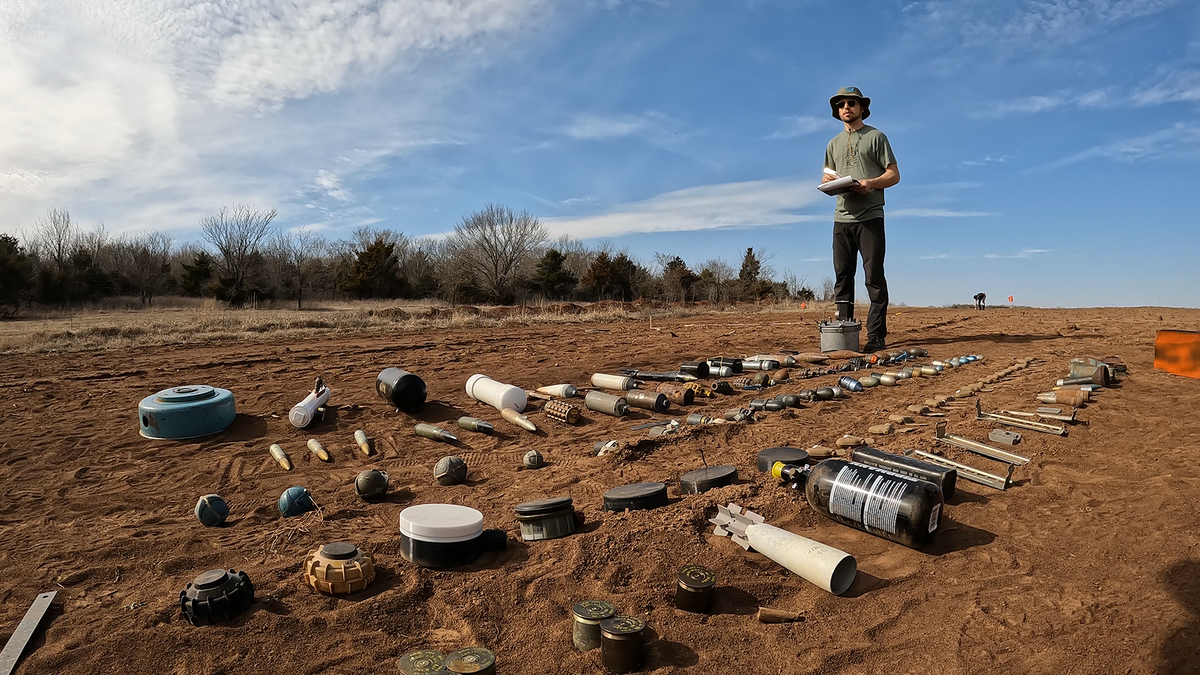This is just the first piece of a lengthy regulatory process. "Our next step will be to evaluate the potential environmental impacts of issuing a renewable energy right-of-way grant for this project," said Tommy Beaudreau, the director of the Bureau of Ocean Energy Management (BOEM), which is responsible for offshore development.
The Atlantic Wind Connection, funded in part by Google, is a forward-thinking project, given that no offshore wind turbines yet spin in American waters (Cape Wind is getting there! They've selected a construction contractor! But they won't build until 2013). Transmission is a challenge for many renewable energy projects, offshore wind perhaps most of all. Bringing the power from where the wind blows to where the lights go on is a huge undertaking, especially when the wind blows miles away from land.
The transmission project would involve high voltage direct current (HVDC) lines running for nearly 800 miles along the sea floor. It could theoretically connect up to 7000 megawatts of wind power to the grid. Even with the biggest new turbines, though, that means more than 1000 of the monster windmills, and the U.S. doesn't have the best of records when it comes to building offshore wind farms. Some think, though, that once the first turbines go up in the next year or so, the floodgates will open. Having transmission ready to support that flood is certainly a worthwhile undertaking.
The environmental review process for the backbone could take up to two years, so even the first stage of the project likely won't be built until at least mid-decade. But with many gigawatts of potential off the Atlantic coast and a number of projects pushing forward through a tough regulatory environment, there may even be a few turbines spinning when the transmission lines are finally laid down.
Image via Atlantic Grid Holdings
Dave Levitan is the science writer for FactCheck.org, where he investigates the false and misleading claims about science that U.S. politicians occasionally make.




